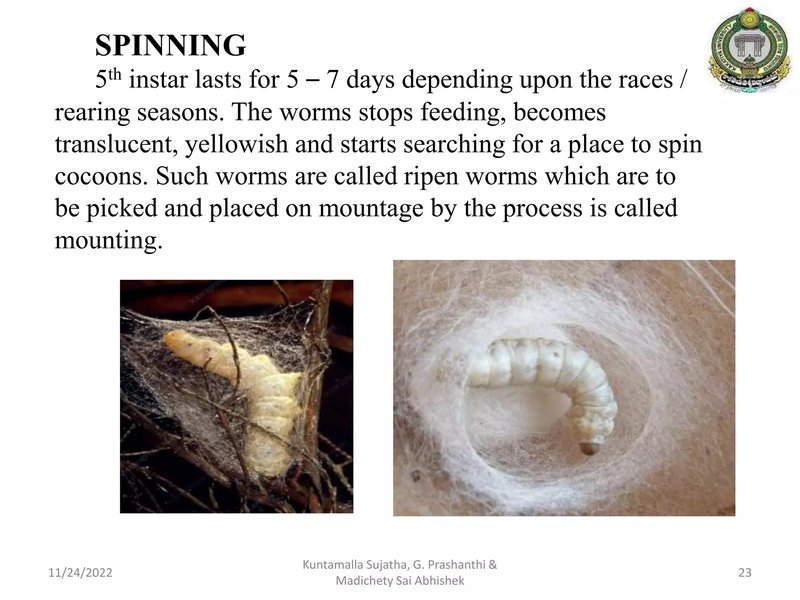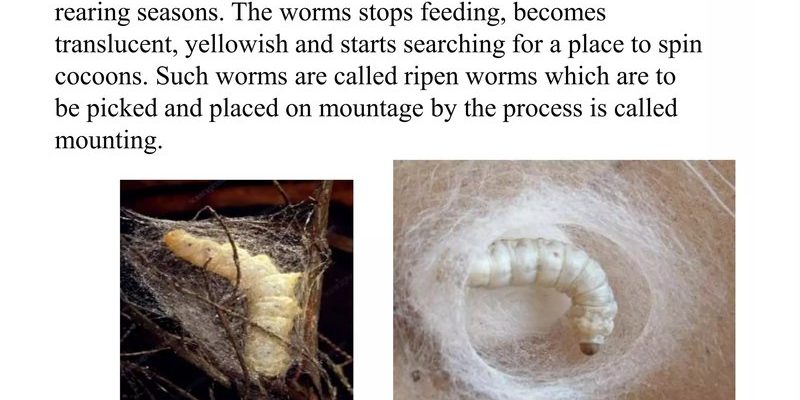
A log helps you track your silkworms’ growth, feeding habits, and overall health. It’s like having a personal diary for your little silk-producing friends. In this article, we’ll explore what a silkworm rearing log template is, why it’s essential for beginners, and how to create one that fits your needs. So, grab your favorite drink, and let’s dive into the world of silkworms!
What is a Silkworm Rearing Log?
A **silkworm rearing log** is a straightforward tool that helps you document all aspects of your silkworm farming experience. Think of it as a detailed journal where you can keep track of everything from egg hatching to moth emergence. You might be wondering why this is important. Well, having a log allows you to monitor progress and identify any patterns that can help you improve your rearing techniques over time.
Your log isn’t just about numbers; it’s about creating a comprehensive overview of your silkworms’ life cycle. By noting down details such as when you fed your silkworms, their growth stages, and even any challenges you faced, you build a resource that can guide future rearing projects.
Not to mention, it can also be a fun way to engage with the process. Documenting each step can make you feel more connected to your silkworms, almost like being a proud parent watching their kids grow!
Why Use a Silkworm Rearing Log Template?
You might be asking yourself, “Why do I need a template?” Here’s the thing: starting from scratch can be overwhelming, especially when you have a lot on your plate. A template makes the process easier by providing a clear structure. You won’t have to worry about forgetting important details or losing track of time.
Here are a few benefits of using a silkworm rearing log template:
- Organization: It keeps all your notes in one place, so you can refer back easily.
- Consistency: Following a template helps you maintain consistent observation practices.
- Problem-solving: Documenting problems you encounter can help you find solutions more effectively.
In essence, starting with a template can set you up for success. It’s like having a map when you’re navigating a new city—much easier than wandering around without direction!
What to Include in Your Silkworm Rearing Log Template?
Creating a **silkworm rearing log template** is all about knowing what information is useful. Here’s a simple guide on what to include:
1. **Date:** The day you start documenting. This helps track the timeline of your rearing process.
2. **Temperature and Humidity:** Silkworms thrive in specific conditions. Keeping a record of these factors can help ensure a healthy environment.
3. **Feeding Schedule:** Note what type of leaves you fed them and how much. This is crucial for their growth.
4. **Growth Stages:** Document which instar stage your silkworms are in—this helps you understand their development better.
5. **Health Observations:** Keep an eye out for any signs of illness or abnormal behavior.
By including these elements, you’ll create a well-rounded log that highlights all the important aspects of your silkworm rearing journey. It’s like having a comprehensive health record for your silkworms!
How to Create Your Silkworm Rearing Log Template
Now that you know what to include, let’s talk about creating your template. It doesn’t have to be complicated! Here’s a step-by-step approach:
1. **Choose a Medium:** You can go digital or stick to paper. Use a simple spreadsheet on your computer or a notebook dedicated to your silkworm project. Whatever feels right for you!
2. **Set Up Columns or Sections:** If you’re using a spreadsheet, create columns for each piece of information you want to track (date, temperature, feeding, etc.). If you’re going with paper, consider using headings for each section.
3. **Add Space for Notes:** Make sure to leave space for any additional observations or comments. This is the place to jot down any interesting findings or experiences!
4. **Review and Adjust:** As you start using your log, you may find that some sections aren’t as useful as you thought. Feel free to tweak it to fit your needs better. It’s all about what works for you!
With these steps, you’ll have a personalized silkworm rearing log template ready for action!
Examples of Silkworm Rearing Log Templates
If you’re not sure where to start, it can be helpful to look at examples. Here are a few ideas for what your log might look like:
| Date | Temperature (°C) | Humidity (%) | Feeding (Type/Quantity) | Growth Stage | Health Notes |
| 01/01/2023 | 25 | 70 | Mulberry Leaves / 50g | 1st Instar | Active and healthy |
| 01/02/2023 | 26 | 75 | Mulberry Leaves / 60g | 2nd Instar | Some showed signs of eating less |
This is just a simple example, but it gives you an idea of how to structure your log. Feel free to add more columns or details based on your specific needs!
Common Challenges in Silkworm Rearing and How to Document Them
Every beginner faces challenges, and silkworm rearing is no exception. Here are some common issues you might encounter, along with tips on how to document them:
1. **Feeding Issues:** If your silkworms aren’t eating well, note the type and amount of food given. This can help you identify what they prefer and adjust accordingly.
2. **Temperature Fluctuations:** Too hot or too cold? Record any temperature changes to see how they impacted your silkworms’ behavior and health.
3. **Health Problems:** If you notice any sickly silkworms, write down symptoms and potential causes. This documentation can pave the way for finding solutions and preventing future issues.
Documenting these challenges in your log allows you to reflect and adapt your methods. You might discover that small changes make a big difference in the long run!
Final Thoughts on Silkworm Rearing Logs
Using a silkworm rearing log template can enhance your experience as a beginner. It not only keeps you organized, but it also helps you learn and grow alongside your silkworms. You’ll develop a deeper understanding of their needs and behaviors, making you a more effective caretaker.
So, as you start your silkworm rearing journey, remember to embrace the learning process. Keep that log handy, and don’t be afraid to customize it to fit your style! Whether you’re in it for the silk production or the joy of watching the life cycle unfold, your detailed observations will enrich the experience. Happy rearing!

